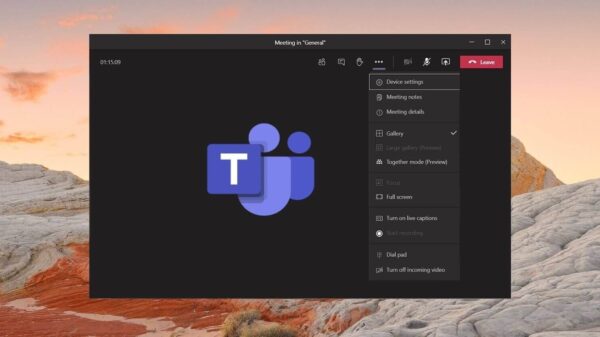Insolvency and Bankruptcy law was introduced in the year 2016 that was uniform and comprehensive and it also encompassed all major companies, partnership firms and individuals, financial firms were not included in the code. The main reason to introduce this plan was the act back in 1992 but until 2016 it was not being officially added to the Companies Act 2013. The primary goal of the code is to consolidate the process of Insolvency resolution into a faster track for all companies, partnerships and individuals. Not only the insolvency proceedings are enabled IBC but there are provisions for the companies as well who don’t want to continue their business and want to surrender by giving up their right to carry the same.
Voluntary Liquidation
The Insolvency and Bankruptcy law according to the Insolvency and Bankruptcy Board of India has been notified in section 59. The section deals with the process of Voluntary Liquidation. Before this introduction the liquidation process that was in use was Companies Act 1956 and Companies Act 2013 . Voluntary Liquidation is referred to a situation when a company imposes itself by the decision of the shareholders that it wants to wind up and don’t want to continue the operations. The situation usually occurs when a company is not able to pay off its debts or has turned insolvent.
The government vide that the provision has repealed the provision of Voluntary liquidation under the Companies Act of 1956 and 2013. There were 38 sections in the Companies Act 1956 but the Companies Act 2013 has only 20 sections. The sections deals with the Voluntary Liquidation but in IBC 2016 there is only section i.e Section 59 that deals with Voluntary Liquidation.
An important condition is imposed by the code on the companies that the liquidation process should not defraud any person and the process must be reasonable and as per law. The directors or the partners of the corporate person should declare that that there are no pending debts of the company and if any debts are due then they should be paid along with proposed voluntary liquidation. An affidavit must also be submitted along for the verification procedure.
Financial statements are also submitted along with the declaration and the statements are audited properly with the valuation report submitted of the corporate person. In 4 weeks time from when the declaration is submitted a resolution should also be passed by the contributors stating that they want the corporate entity to be liquidated and after this procedure an Insolvency Resolution professional should also be hired as a Liquidator.
The cases that are filed on or after 01/04/2017 are now governed by the Insolvency and Bankruptcy Code of India and the adjudicating authority is also now shifted from High Court to National Company Law Tribunal only. Voluntary Liquidation of companies are now not looked by the High Court. Then what about the cases that are already pending with the High Court? The cases that are still pending even after the implementation of the new code shall continue to be dealt with the High Court of States.
Procedure of the Proceedings
According to the amended regulations, the process of voluntary liquidation has been simplified by the government and there are specific boundations according to the time period or limits are being specified for several compliances. Voluntary Liquidation process has been summed in below specific points.
- Submission of Declaration is a document that needs to be submitted to the Registrar of Companies in which it is stated that the said company shall be able to or will clear all its debts and the process of Voluntary liquidation will not defraud any person or entity.
- The process of Voluntary Liquidation is approved by passing a special resolution and a liquidator is also hired as an Insolvency Professional within 4 weeks from the date of the submission of declaration. If there are any unpaid debts of the corporate person then the approval of the 2/3rd of creditors is required.
- The claim is granted and after that a Public Notice is to be announced within 5 days from the date of approval in Newspapers and the official website. This is done with the purpose of inviting claims or objections of the shareholders involved.
- Some preliminary findings are to be done that includes finding out the authorized capital, the proposed plan of action, approximations of the assets and liabilities are all made in a report which is known as the preliminary report and it should be submitted within 45 days of the said approval.
- According to the Insolvency and Bankruptcy law, the process of selling the assets of the corporate person and the amount that are due its recovery and the realization process of the unpaid or uncalled contributions shall also be done.
It is seen that Section 59 of the Insolvency and Bankruptcy Law in India expedites the whole process by removing the hurdles and thus helping companies bring a timeline to the whole process.































































You must be logged in to post a comment Login